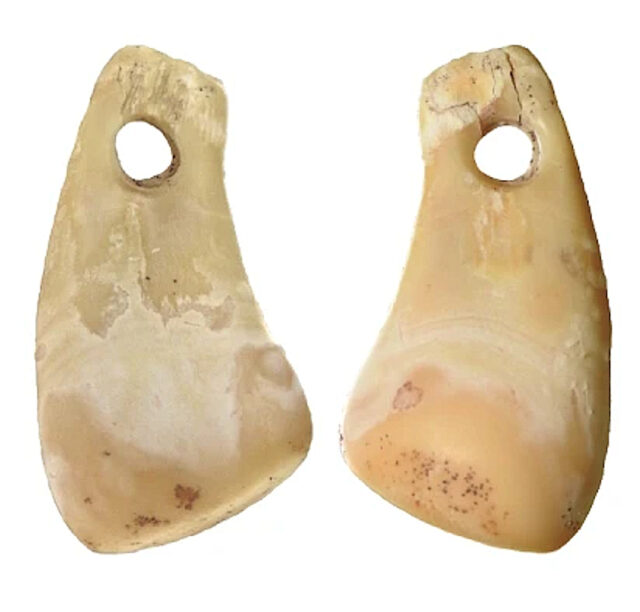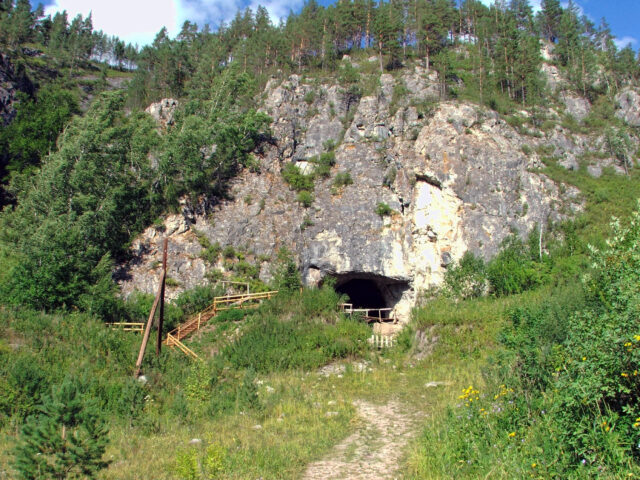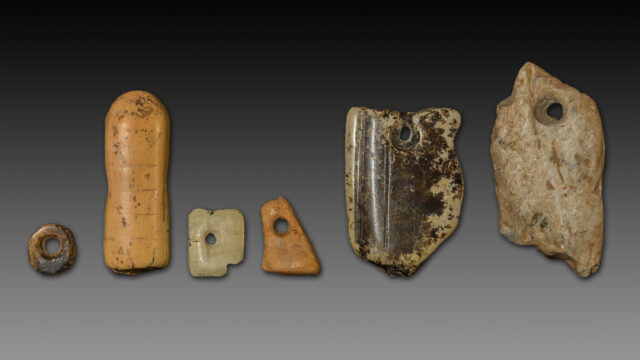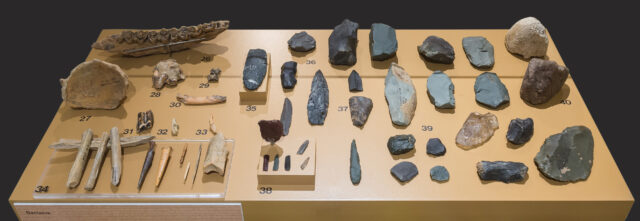DNA can reveal extremely important information and sometimes can even help solve mysteries. But traditional methods to find traces of DNA are usually invasive. And for researchers working with objects that are thousands of years old, invasive techniques can cause significant damage to these invaluable artifacts. Scientists have developed a new technique to extract DNA from an object without damaging it, and they applied this technique to a 25,000-year-old pendant. The results of these tests have, amazingly, even revealed information about the person who wore it.
A non-destructive DNA isolation method

Researchers discovered a small pendant of deer bone in Denisova Cave in Southern Siberia. The pendant, made of bone, is porous and retains DNA from skin cells, sweat, and other bodily fluids, and if extracted, could tell researchers information about the wearer. Traditional methods for DNA extraction would see small holes drilled into the object and powder taken to be tested, significantly affecting the pendant.
As reported in the journal Nature, a new non-intrusive DNA extraction method has been developed. Lead author Elena Essel, a molecular biologist at the Max Planck Institute for Evolutionary Anthropology in Leipzig, German, has described the technique as a “laboratory washing machine without the movement.”

The pendant was submerged in a sodium phosphate buffer solution, and the temperature was slowly raised. According to the report, after sediment was removed from the object with water washes, it was added to the solution that was initially set to 21 degrees Celsius, then raised three times to 37 degrees, 60 degrees, and finally 90 degrees.
The DNA taken from the bone was ultimately released into the solution, which was then isolated, purified, and sequenced. Essel remarked, “If we want to stay in this image of the washing machine, it’s the wash water that was exciting for us.”
The technique confirmed that the pendant was worn by a woman, who lived between 19,000 and 25,000 years ago, and that she was part of a group known as Ancient North Eurasians, who were genetically similar to early Americans.
Marie Soressi, professor and chair of human origins in the faculty of Archaeology at the University of the Netherlands, said, “It’s amazing. It means that we’ll be able to answer very simple questions such as what tasks males and females were doing at that point in time… We actually will have a direct line of evidence to tell us.”
The effect of this technique on DNA science

This new, unintrusive method will likely help scientists learn much more about ancient peoples. As noted in the study, “Our work redefines how cultural and genetic records can be linked in prehistoric archaeology.” That being said, with follow-up tests, it appears this might not happen soon, with the deer bone pendant acting as a “proof of concept.”
With the success of the experiment performed on the pendant, other tests were performed on other objects with less success—bone tools from the French cave Quinçay which was originally discovered between the 1970s and 1990s. DNA extraction was also not possible with tooth pendants from the Bacho Kiro Cave in Bulgaria, which is home to some of the earliest known humans in Europe.

Essel remarked, “Right now, it’s like this one sample. I would be really interested in learning more about how often we can extract ancient human DNA and if it’s like a specific type of artifact that is more promising or if it works equally well for [bone] tools.” She continued, “It’s not known why the deer tooth pendant contained such a large amount of the ancient woman’s DNA (about the same amount as a human tooth); perhaps it was well-loved and worn close to the skin for an exceptionally long period of time.”
Essel concluded, “How we think it works is that the longer there was close body contact, the higher the chances that a lot of DNA is in the material… but we have no idea if we’re talking about days or months or years or decades.”
More from us: Ancient Cave May Have Been Hideout Used By The Last Neanderthals
While the new technique has only worked with this one artifact so far, it’s promising that it will be extremely useful in extracting DNA without seeing the destruction of the ancient objects being tested.
Let us know what you think in the comments below.
